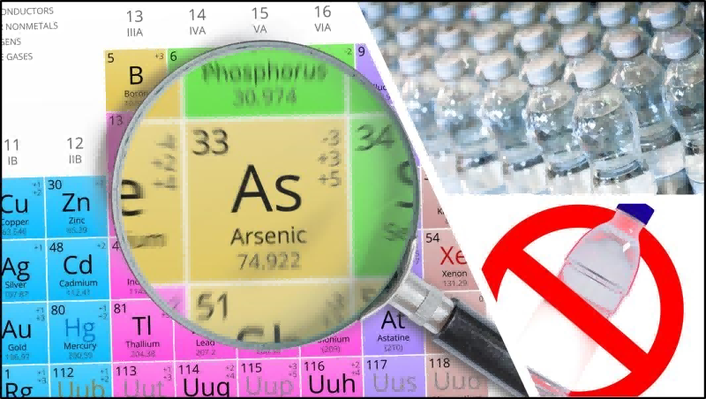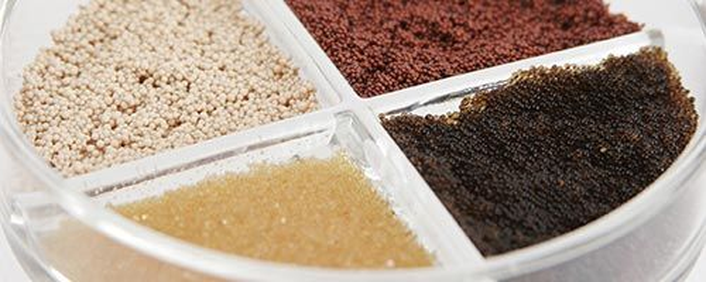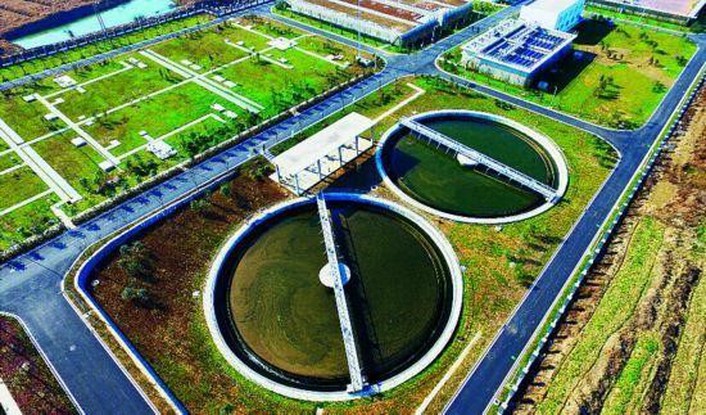Arsenic is a protoplasmic poison that can be toxic by interacting with sulfhydryl groups (-SH) of proteins and enzymes (denaturating proteins and enzymes within cells) and increasing intracellular reactive oxygen species to cause cell damage, and has been identified as a carcinogen by the U.S. Centers for Disease Control (CDC) and the Agency for Cancer Research (IARC). Arsenic is also genotoxic and is a priority controlled pollutant by the Health Organization (WHO). There have been cases of arsenic poisoning caused by drinking water polluted by arsenic-containing wastewater both at home and abroad, and there have also been reports of arsenic poisoning caused by long-term occupational exposure abroad. Because of the toxic accumulation effect of arsenic in living organisms, the damage of arsenic pollution to ecological environment is irreversible. As a result, countries have strict controls on arsenic standards in drinking water. China's July 1, 2007 implementation of the "drinking water sanitation standard" (GB 5749-2006) the allowable mass concentration of arsenic from 50 μg/L revised to 10 μg/L, consistent with the United States Environmental Protection Agency (US EPA), WHO and other standards, which brings new challenges to wastewater arsenic removal technology. At present, the main arsenic removal technologies at home and abroad are precipitation, ion exchange, membrane separation, biological method and adsorption method, and the precipitation method and adsorption method are widely used.

Precipitation method
Precipitation method is to use soluble arsenic and calcium, magnesium, iron, aluminum and other metal ions to form insoluble compounds, calcium, iron, magnesium, aluminum salts and sulfide as precipitating agents, after precipitation filtration to remove arsenic in the solution. Mainly includes neutralization precipitation method, ferrite method, sulfide precipitation method, coagulation method (also known as adsorption colloidal precipitation method or carrier co-precipitation method), etc. , commonly used precipitating agents are lime, ferric chloride, polyferric sulfate, ferrous sulfate, alum and sodium sulfide.
Ion exchange method
Ion exchange technology has been widely used in water softening and removal of heavy metal ions. This method is usually used to exchange the ions on the ion exchange resin with the target ions in the wastewater to achieve the purpose of removing pollutants, in fact, it is a special adsorption. In recent years at home and abroad, the use of activated carbon replacement resin, sulfide regeneration resin, chelating resin and other methods to treat arsenic wastewater.


Membrane separation technology
Membrane separation method is to use the selective permeability of the membrane, according to the difference in the mass transfer selectivity of each component in the multi-component fluid in the membrane, with the help of relatively high external pressure, to achieve its separation, classification, purification or enrichment. According to the pore size of the membrane, it can be divided into microfiltration, ultrafiltration, nanofiltration and reverse osmosis. In Wuxi Chemical Research Institute, acetic acid fiber reverse osmosis membrane was used to treat pesticide arsenic wastewater (mass concentration 500-700 mg/L), and the arsenic removal efficiency reached 97.9%
Biological Methods
Biological method has obvious advantages in sewage treatment because of its efficiency, no secondary pollution and low treatment cost. Arsenic can be enriched and concentrated by some microorganisms in the water body, and can also be oxidized and transformed by these organisms, such as methylation, and the toxicity of arsenic after methylation is significantly lower than that of inorganic arsenic. Biological method is to use this characteristic to reduce and detoxify arsenic, in order to solve the problem of arsenic pollution in water. At present, the method is mainly through the cultivation of bacteria on a specific medium to produce a substance similar to the activated sludge flocculation structure, full contact with the arsenic containing wastewater, combined with the arsenic and flocculation settlement, and then separation, to achieve the effect of arsenic removal.


